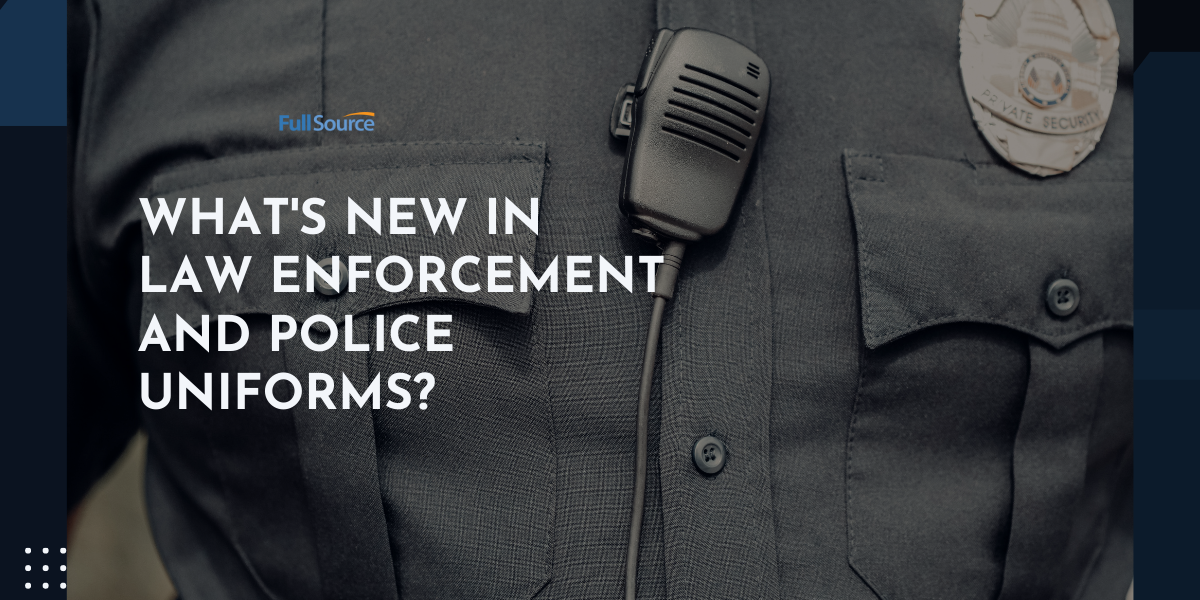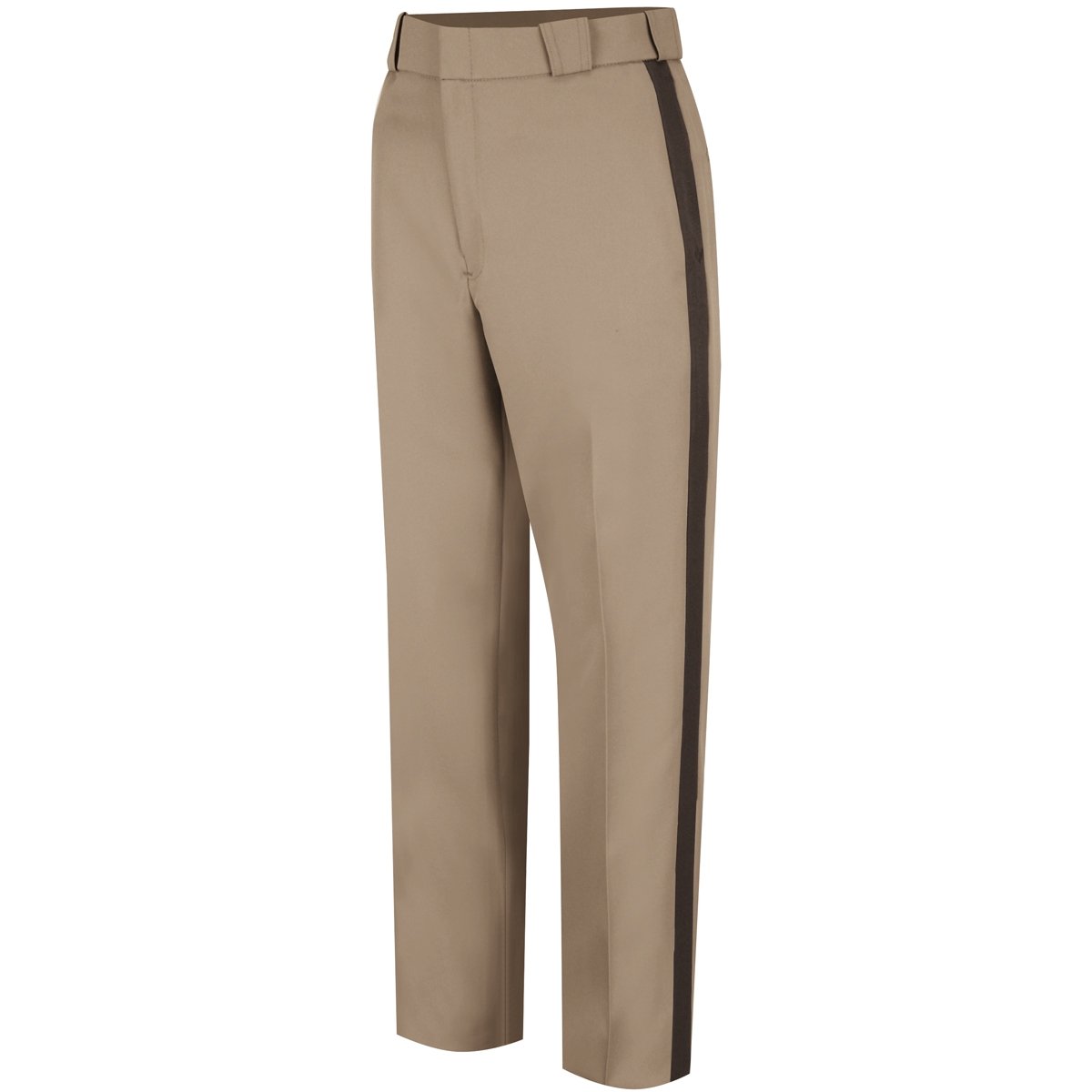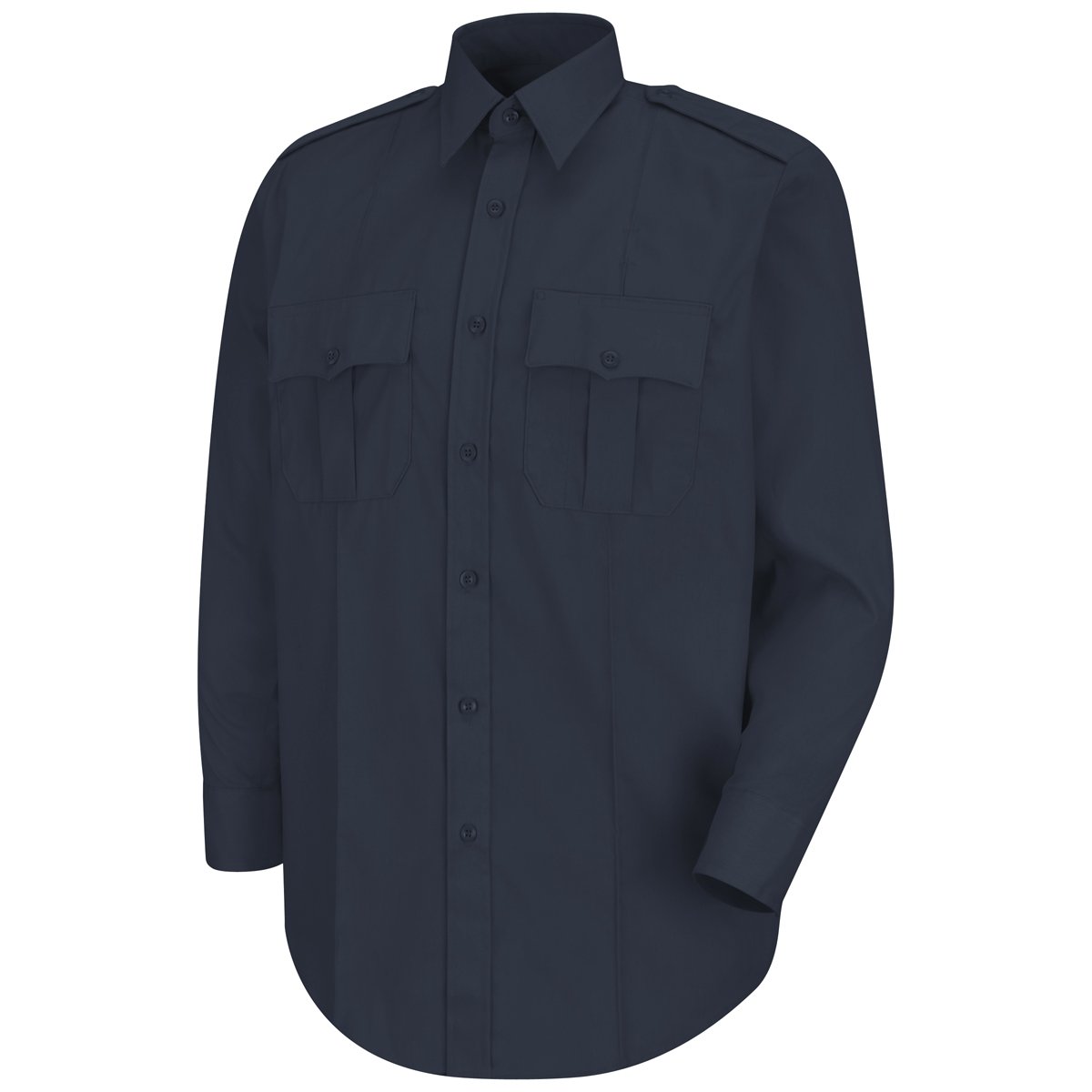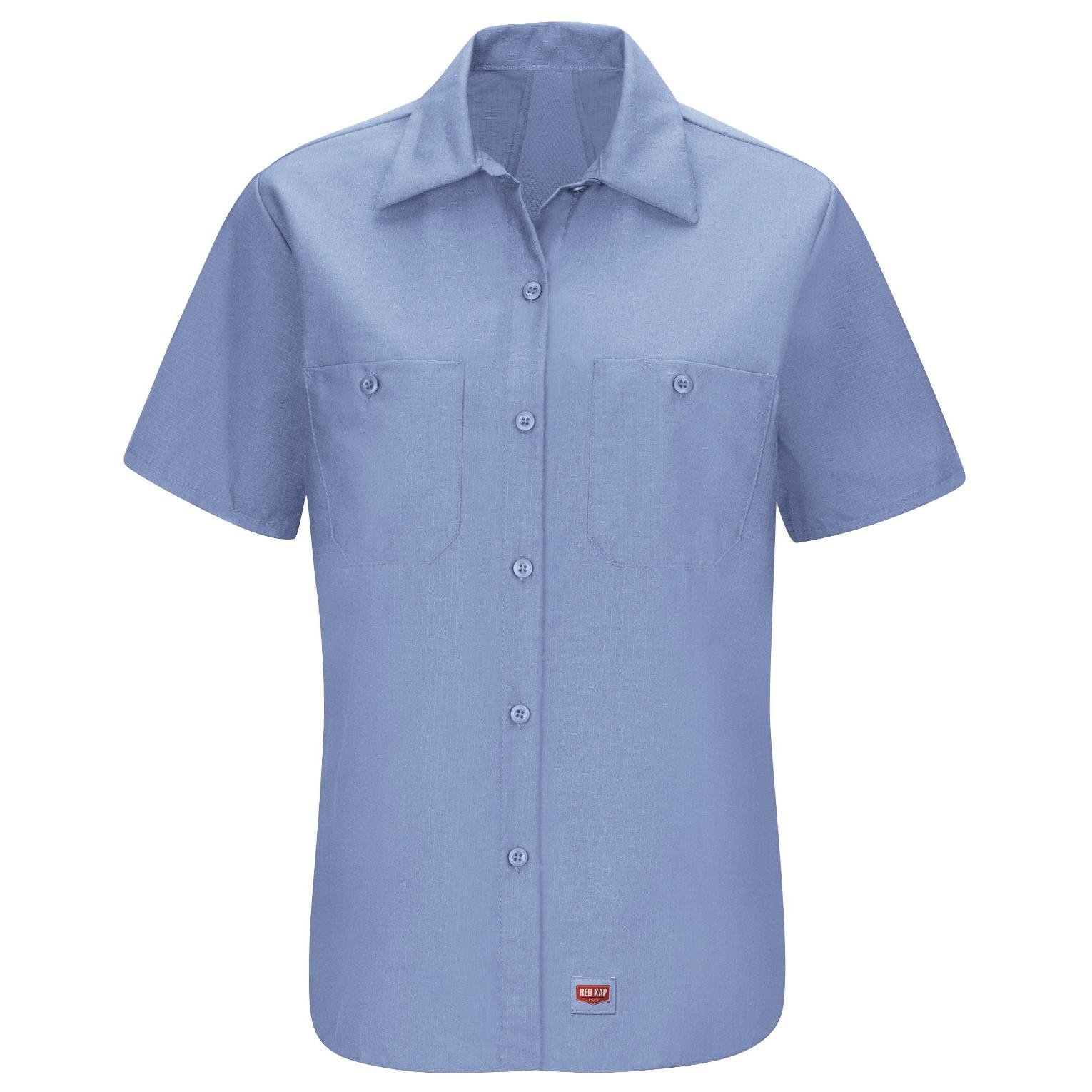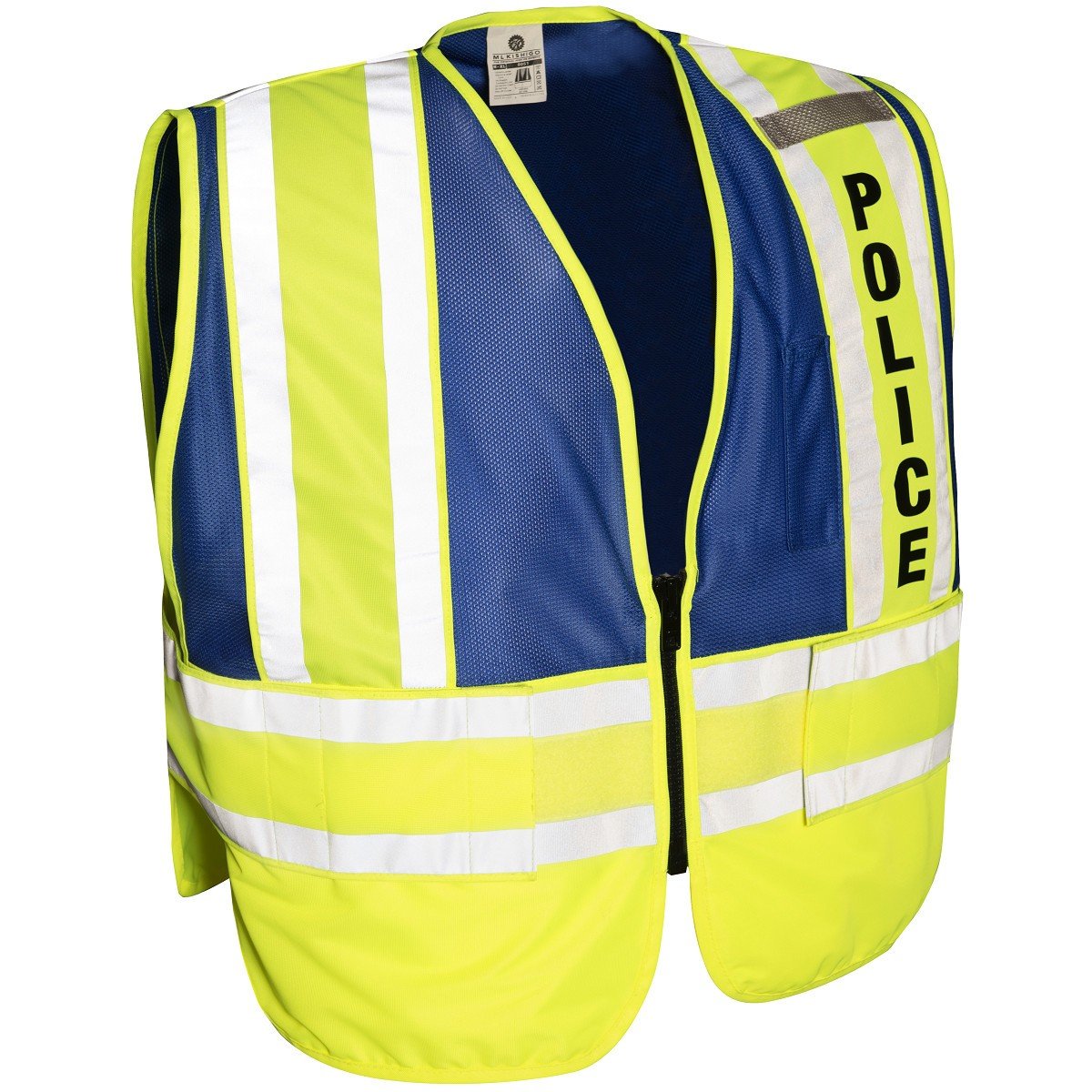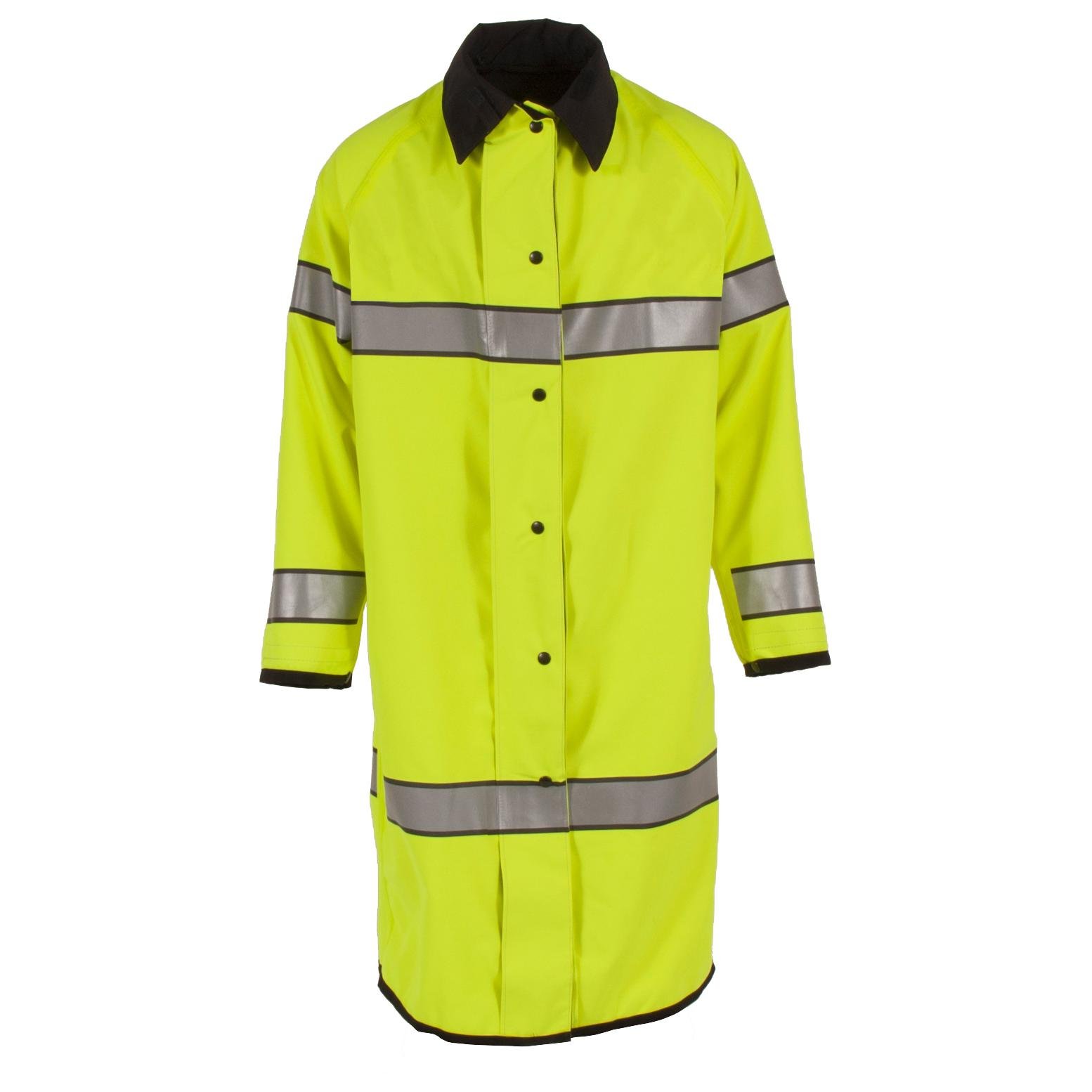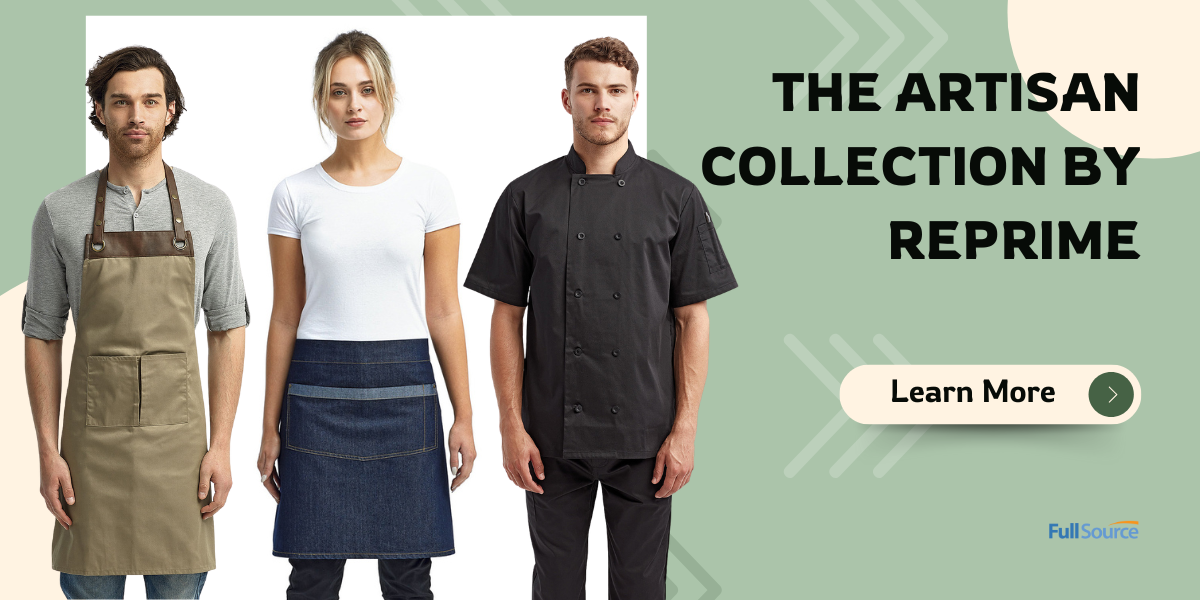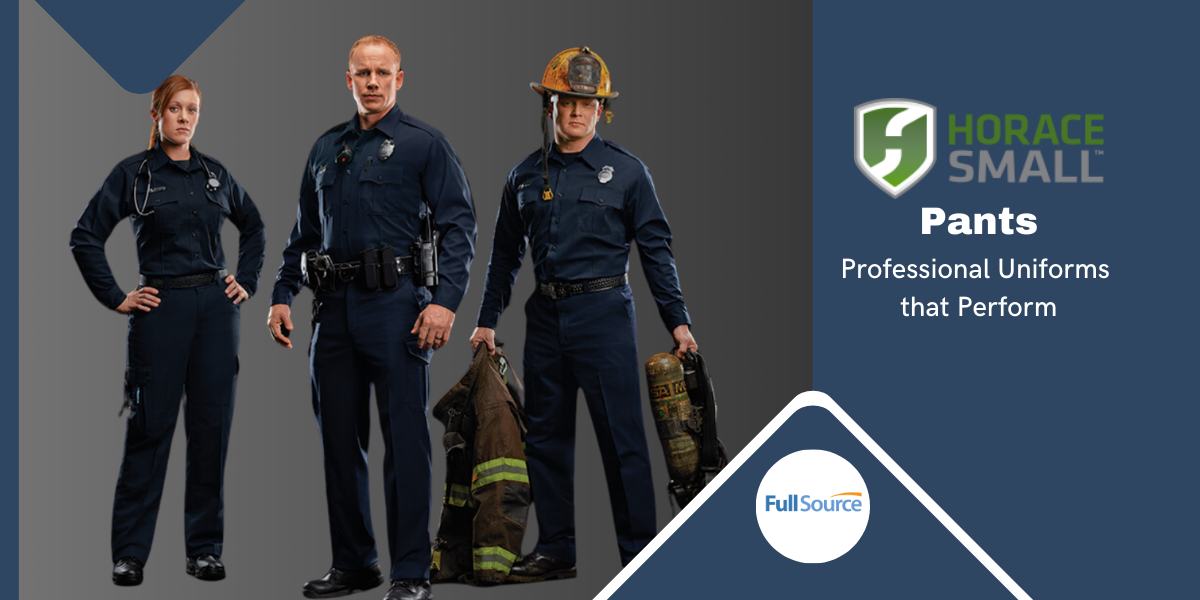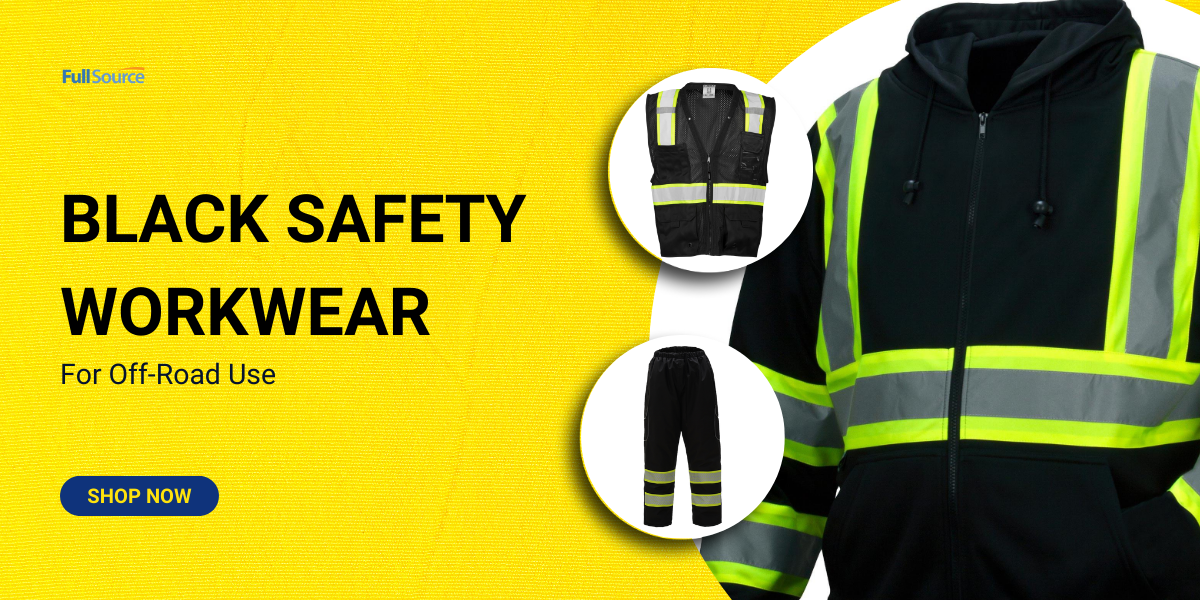From the classic blue police uniform to iconic badges and sturdy boots, law enforcement fashion has always played a crucial role in showcasing authority and instilling confidence. However, just like any other industry, police uniforms have evolved over time to meet not only practical needs but also reflect contemporary style and technological advancements. In this post, we delve into the captivating world of law enforcement fashion trends. And explore what’s new in police uniforms.
Introduction to Law Enforcement Uniforms
First of all, most law enforcement uniforms consist of a dark blue or black button-up shirt, trousers, and a duty belt. The duty belt holds all the necessary equipment an officer needs, including a gun, handcuffs, pepper spray, and a flashlight. Many officers also wear a Kevlar vest under their uniform shirts to protect themselves from gunshots.
And on their feet, most officers wear comfortable boots with good traction. In warm weather, they may opt for short-sleeved shirts and lighter-weight pants. Some departments allow their officers to wear jeans on patrol as long as they are dark in color and free of rips or tears. And brands like Horace Small offer work trousers designed to meet state requirements. This includes the Virginia and Ohio sheriff trousers for men and women law enforcement.
Officers wear a badge on their left chest pocket and may also wear a nameplate above their right breast pocket. Their departmental patch is often sewn onto the left sleeve of their uniform shirt. In some cases, officers may also wear body armor over their uniforms.
History of Police Uniforms
Police uniforms have been around since the early days of law enforcement. The first recorded use of a uniform by police in the United States was in 1854 when the New York City Police Department began using uniforms to distinguish their officers from the city’s other residents. Since then, police uniforms have undergone many changes to keep up with the times.
One of the most significant changes to police uniforms came in the 1960s when many departments switched from wool to polyester blends. This change was made in response to the hot, humid weather conditions that many officers work in. Polyester is a more breathable fabric than wool, and it doesn’t absorb sweat like wool does. This switch helped officers stay cooler and more comfortable while on duty.
Another major change to police uniforms came in the 1980s when departments began using tactical gear. This gear helps officers survive dangerous situations, and it includes items such as bulletproof vests and body armor. Many officers now wear this type of gear on a regular basis, even when they’re not expecting trouble.
Tactical gear isn’t the only thing that has changed about police uniforms in recent years. Officers are now also wearing body cameras, which record their interactions with the public. These cameras provide an unbiased account of what happened during an incident, which can be helpful for investigators and prosecutors.
Police uniforms have come a long way since 1854. They’ve changed to meet the needs of modern officers.
Benefits of Modern Police Uniforms
There are many benefits that come with modern police uniforms. One of the most important benefits is that they help officers to stay cool in hot weather. This is essential for officer safety and comfort, as well as maintaining a professional appearance.
Another benefit of modern police uniforms is that they are designed to be more comfortable and functional than older styles. This includes features such as stretch fabric and breathable mesh panels that allow officers to move and breathe more easily. And this includes the Red Kap MIMIX series that uses flex panels to increase freedom of movement. Red Kap work shirts like the SX20 MIMIX also offer moisture-wicking and ripstop fabric.
Modern police uniforms often include high-visibility markings and reflective strips that help officers remain visible in low-light conditions. This can be vital for officer safety, particularly when responding to emergencies or working traffic control duty.
Current Fashion Trends in Police Uniforms
The police uniform is an important part of the law enforcement officer’s job. It not only serves as a practical tool but also as a symbol of authority and respect. In recent years, there have been some changes to police uniforms, with new styles and materials being used in an effort to improve comfort and functionality. Here are some of the current fashion trends in police uniforms:
1. More comfortable fabrics: Polyester and nylon blends are becoming more popular for police uniforms, as they are more comfortable to wear than traditional wool fabric. These materials are also less likely to wrinkle or fade, which is important for maintaining a professional appearance.
2. Public safety vests: Many police officers are now wearing high visibility public safety vests over their uniform shirts. And these ANSI Type P garments include styles for law enforcement, first responders, EMTs, and firefighters. Most public safety vests come in hi-vis colors like yellow/lime with silver reflective tape. And pre-printed legends like “Police”, “Fire”, and “Sheriff” help designate authority. Wearing ANSI Type P public safety vests helps enhance your visibility at night, working in traffic, or in crowded areas. They are also customizable with your name or logo. And there are vests from brands like Kishigo, OccuNomix, and PIP.
More Trends
3. Breathable fabrics: In hot weather conditions, it is important for police officers to stay cool and comfortable. Some uniform manufacturers are now using breathable fabrics such as mesh in their products to help with this. And moisture-wicking polos and button-down work shirts from brands like Port Authority and Red Kap come in a variety of colors.
4. Reflective stripes: To help improve visibility in low-light conditions, many police uniforms now feature reflective stripes on the sleeves or pants legs. And this makes it easier for drivers to see officers on the side of the road, and can also help with identification if an officer is chasing a suspect. Most law enforcement safety vests also include reflective stripes for enhanced visibility.
5. Customization options: Most police uniform apparel is customizable with your name or logo. Select from printing or embroidery. And some garments like police traffic safety vests include pre-printed text.
How New Fabrics are Used in Police Uniforms
The use of new fabrics and textiles in police uniforms is constantly evolving to meet the needs of law enforcement officers. The most popular fabric for police uniforms is polyester, which is durable and easy to care for. Polyester is often blended with other fabrics, such as cotton, to create a fabric that is both comfortable and durable. And some police uniform shirts from brands like Horace Small have silicone permanent creases for a lasting professional look.
Some of the new fabrics that are being used in police uniforms include Kevlar, Cool-Flex, and Gore-Tex. These new fabrics offer a variety of benefits to law enforcement officers. Kevlar is a bullet-resistant material that can provide protection against gunfire. Cool-Flex with Ban-Rol technology is available in Horace Small Sentry and Heritage trouser waistbands. And this provides a comfortable fit throughout the day. Waterproof and breathable fabric found in some uniform apparel can keep officers dry in even the most extreme weather conditions.
And some rain gear from brands like Neese is designed for first responders and law enforcement. The Duty series from Neese is tailored to meet the requirements of police and law enforcement. Styles like the 475CH raincoat come in hi-vis color options, ideal for roadways. And new fabrics offer unique benefits that can help keep law enforcement officers safe and comfortable while on duty. By using these new fabrics in police uniforms, officers can be better prepared to face any challenges they may encounter while on the job.
Accessories Used with Police Uniforms
The most common accessories worn with police uniforms are belts, holsters, and flashlights. Belts are often made of leather or nylon and are used to secure uniform pants. Holsters are designed to hold handguns and are usually worn on the hip or thigh. Flashlights are worn on the belt and are used to illuminate dark areas.
Conclusion
In conclusion, police uniforms are changing and evolving as fashion trends evolve. More and more departments are recognizing the need for clothing that is both comfortable and functional while also being stylish. The latest law enforcement fashion trends offer a variety of options to meet the needs of police officers in terms of comfort, practicality, protection, and style. With these new developments, we can be sure that police officers will continue to look great while doing their important work.

